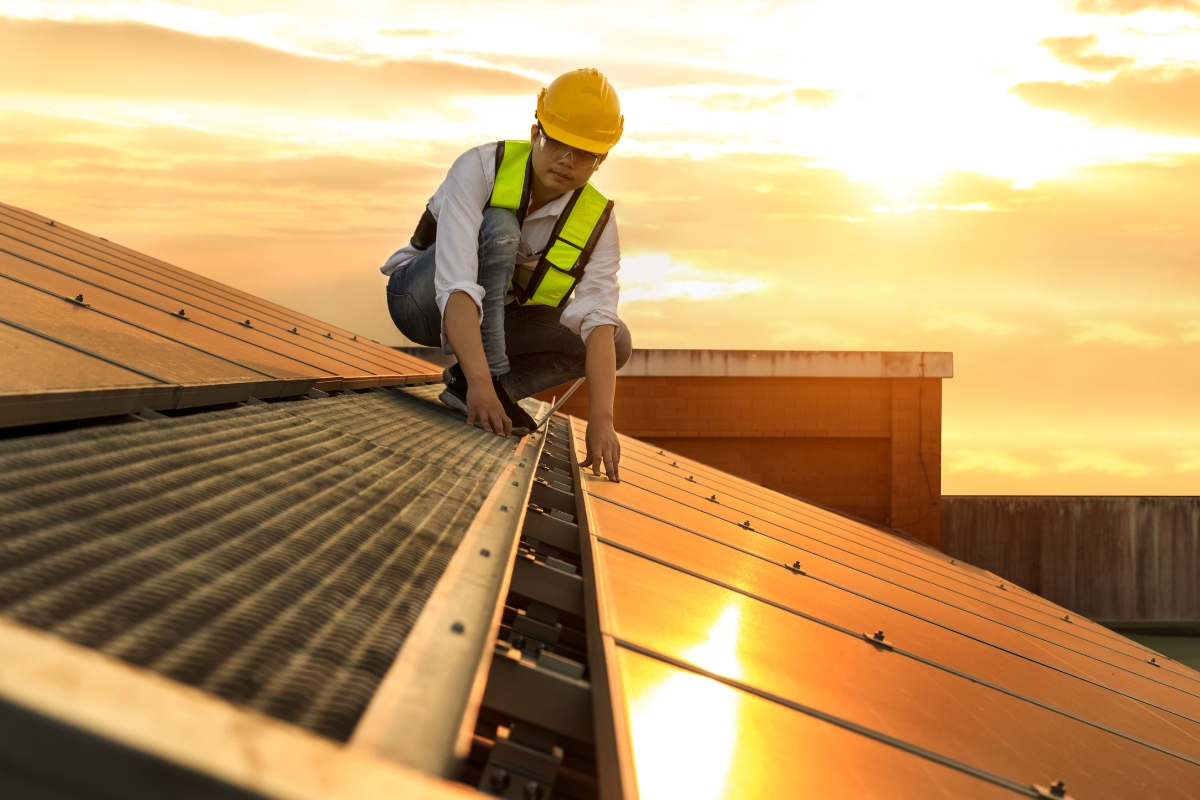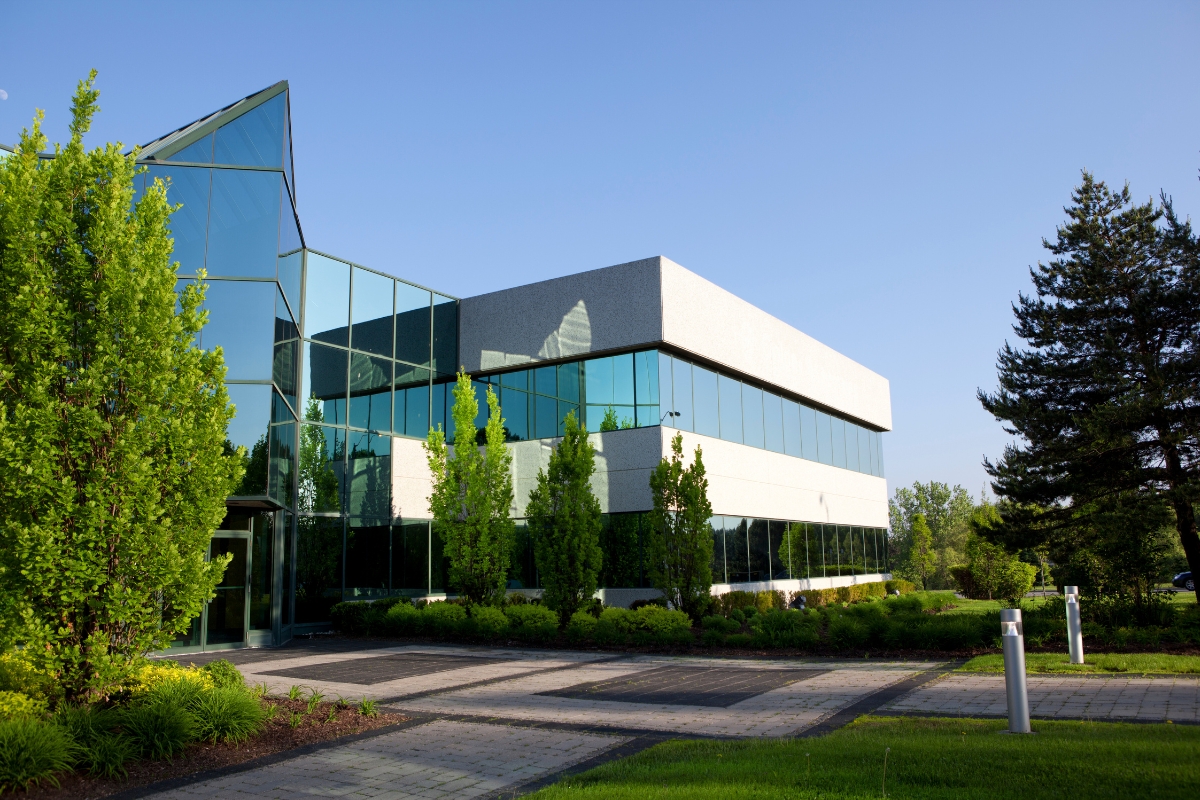As a strata manager, you face unique challenges in maintaining the buildings under your care. From handling tenant concerns to managing large-scale repairs, the scope of your responsibilities can quickly become overwhelming.
However, adhering to strata maintenance best practices can help you stay ahead of issues, mitigate complexities, and maintain smooth operations so that you can balance all your responsibilities with the needs of your owners and tenants.
How can you do this? Let our Star Know-how give you some essential insights. Read on to find out more.
More Than Just Repairs: The Complexities of Strata Maintenance
When it comes to managing strata properties, the maintenance side of things is far more complex than meets the eye. If you’re new to the the idea of property maintenance, read our previous introductory blog to get a better idea of what it’s really all about.
However, for strata managers, the complexities run even deeper. Unlike single property management, strata maintenance involves juggling multiple priorities, each with its own set of challenges. From ensuring legal compliance to managing multiple stakeholders, the scope of responsibilities is vast, and makes it hard to maintain strata maintenance best practices. Below, we dive into the specific aspects that can make strata maintenance particularly challenging:
Multiple Stakeholders and Decision-Making
Strata properties are unique in that they serve many different groups: tenants, owners, the body corporate, and contractors. And as you can expect, each group comes with their own expectations. Balancing the interests of these groups can make decision-making more complicated, especially in cases where urgent maintenance is needed but consensus is required.
Legal Compliance and Regulatory Requirements
Strata managers need to stay up to date with evolving regulations regarding building maintenance.
For example, recent changes in NSW law require strict adherence to the Design and Building Practitioners Act, particularly for any repairs or works related to structural elements like waterproofing or balcony handrails. Non-compliance can lead to significant penalties and legal disputes.
Long-Term Asset Management
Effective strata maintenance requires juggling immediate repairs with planning for the long-term management of the building.
Aging systems such as electrical wiring, plumbing, and fire safety equipment need regular inspections and upkeep to prevent costly future problems, whilst older buildings may need scheduled engineer inspections to ensure that the building remains structurally sound.
Tenant and Owner Expectations
Owners often focus on cost-efficiency and protecting their investment, while tenants expect prompt repairs and a safe living environment. Strata managers must carefully balance these expectations, ensuring that the building is well-maintained while staying within budgetary limits.
Understanding these complexities is essential for managers who want to adopt the right approach to building maintenance, which can help develop strata maintenance best practices.

Key Strata Maintenance Best Practices
Where can you start with developing your own strata maintenance best practices? Here are 5 top practices that can be easily implemented, regardless of your strata managing experience.
Develop a Detailed Maintenance Plan
Create a comprehensive maintenance schedule that covers regular inspections, cleaning, and minor repairs.
This plan should account for key building systems, such as HVAC, plumbing, electrical, and fire safety. Regular maintenance prevents small issues from becoming larger, more costly problems.
Document Everything
Document all reported issues as soon as they arise, including taking photographs and making detailed notes. This helps track the progression of issues, provides a record for legal purposes, and makes it easier for contractors to assess and address the problem.
Additionally, having written and photographic evidence of an issue greatly improves communication with repair contractors, allowing them to provide accurate solutions more efficiently.
Partner with Trusted Contractors
Get to know your contractors well and develop strong relationships with them. Working with reliable and experienced contractors is crucial for ensuring that repairs are completed fast, to a high standard, and meet legal standards.
Regular Communication with Owners and Tenants
Transparent communication with owners and tenants helps prevent misunderstandings
Notify them of upcoming maintenance, explain the reasons for necessary repairs, and provide timelines to manage expectations. Encouraging prompt reporting of issues by tenants ensures that problems are caught early, before they worsen.
Stay Updated on Legal Changes
Strata managers need to stay informed about legislative changes that affect building repairs and maintenance. For example, updates to the Design and Building Practitioners Act require specific compliance for structural repairs, which may necessitate working with licensed professionals to ensure adherence to these new regulations.

Managing Repairs and Resolving Disputes
One of the biggest challenges strata managers face is resolving disputes between tenants, owners, and the body corporate, especially when it comes to repair responsibilities. Understanding the legal obligations of each party can help resolve these conflicts effectively and contribute to maintaining strata maintenance best practices.
Clarify Rights and Responsibilities
Under the NSW Residential Tenancies Act 2010, tenants are responsible for repairs caused by their negligence or carelessness. However, damage resulting from normal wear and tear is the responsibility of the landlord or body corporate. Clearly defining and communicating these responsibilities helps prevent misunderstandings and ensures fair resolution of disputes.
Establish a Formal Reporting Process
Having a formal process in place for reporting issues, such as online forms and regular updates, helps track maintenance requests, ensures transparency, and creates a record of actions taken. This documentation can be crucial in resolving conflicts or disputes that may arise over repair delays or responsibilities.
Use Mediation and Fair Trading Resources
When disputes cannot be resolved internally, strata managers can turn to NSW Fair Trading for mediation. Mediation provides a neutral platform for reaching mutual agreements.
If mediation fails, Fair Trading can issue legally binding resolutions to ensure compliance from all parties.
Maintain Open Communication
Open communication is key to avoiding disputes. Regular meetings with owners, prompt notices to tenants about upcoming repairs, and encouraging early issue reporting help keep everyone informed, aligned, and on board with your strata maintenance best practices. This proactive approach prevents small issues from escalating into larger problems.
By following these steps, strata managers can navigate maintenance disputes efficiently and maintain strong, cooperative relationships between tenants and owners, crucial for maintaining strata maintenance best practices.

